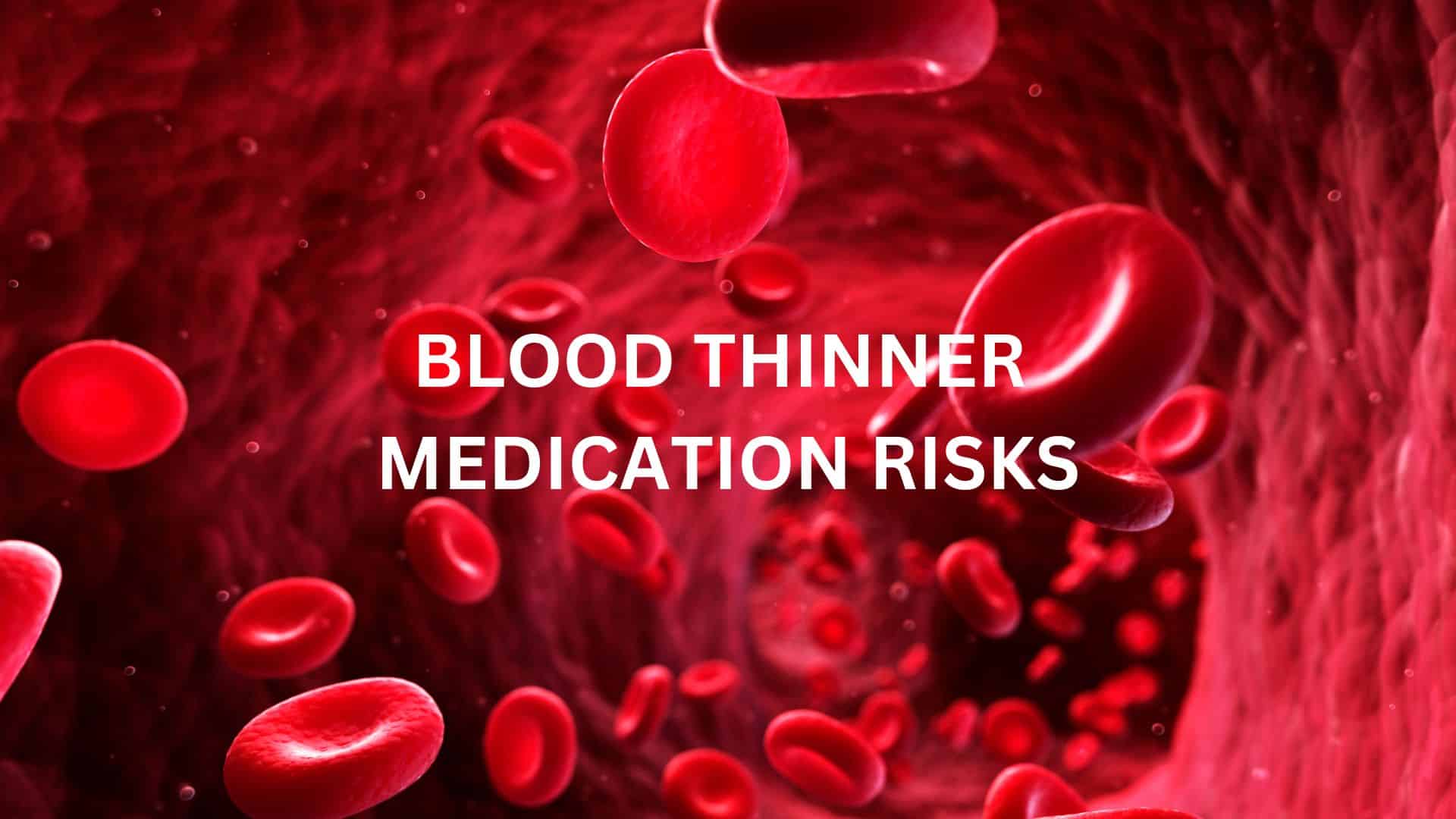
Blood thinner medication therapies play a pivotal role in managing various conditions such as deep vein thrombosis (DVT), pulmonary embolism (PE), and atrial fibrillation. They work by preventing blood clots from forming or by stopping existing ones from getting larger. While they are indispensable in preventing life-threatening situations, they are not without their share of side effects. Understanding blood thinner side effects is important for patients and healthcare providers alike to navigate treatment safely and effectively.
Unraveling the Mystery of Blood Thinners
Blood thinners, also known as anticoagulants, are prescribed for a multitude of conditions, including heart disease, stroke, and clotting disorders. Two commonly prescribed blood thinners are heparin and warfarin. Heparin is often administered intravenously, whereas warfarin is taken orally. These medications function by interfering with the body’s natural blood clotting process, preventing the formation of clots that can lead to heart attacks, strokes, or other serious complications.
Blood thinner therapies can save lives, but they can also put patients at risk for excessive bleeding, which can be dangerous if not monitored carefully. This underscores the importance of understanding the potential side effects associated with these medications.
Navigating the Side Effects
- Risk of Bleeding: The most common and concerning side effect of blood thinners is the increased risk of bleeding. While this is the intended effect to prevent clotting, it can become problematic if it leads to excessive or uncontrollable bleeding. Patients on blood thinners should be vigilant for signs of bleeding, such as frequent nosebleeds, bleeding gums, or prolonged bleeding from minor cuts or injuries. In severe cases, bleeding may occur internally, leading to symptoms such as abdominal pain, black or bloody stools, or coughing up blood. It is imperative for patients to seek medical attention if they experience any of these symptoms.
- Bruising: Another common side effect of blood thinners is easy bruising. The medications can make blood vessels more fragile, leading to bruising from minor bumps or injuries. While this side effect is generally not a cause for concern, it can be distressing for some patients. (Healthline)
- Hair Loss: Some patients may experience hair loss while taking blood thinners, although this side effect is less common. Hair loss typically occurs as a result of the medication interfering with the body’s natural clotting process, leading to increased shedding of hair.
- Heparin-Induced Thrombocytopenia (HIT): HIT is a rare but serious side effect of heparin therapy. It occurs when the body forms antibodies against heparin, leading to a decrease in platelet count and an increased risk of blood clots. Patients who develop HIT may experience symptoms such as unusual bruising, bleeding, or skin necrosis at the injection site. (MedlinePlus)
- Osteoporosis: Long-term use of blood thinners, particularly warfarin, has been associated with an increased risk of osteoporosis, a condition characterized by weak and brittle bones. This is because warfarin interferes with the body’s ability to absorb vitamin K, which is essential for bone health. (WebMD)
Navigating Treatment Safely
While taking a blood thinner is indispensable in preventing life-threatening conditions, it is essential for patients and healthcare providers to be aware of the potential side effects associated with these medications. By understanding the risks and being vigilant for signs of complications, patients can safely navigate treatment and minimize the likelihood of adverse events.
Anticoagulants have revolutionized the treatment of clotting disorders and cardiovascular diseases, but they are not without their share of side effects. By staying informed and proactive, patients can maximize the benefits of these medications while minimizing the risks. As always, it is essential to consult with a healthcare professional for personalized guidance and monitoring throughout the course of treatment.
When to Go to the ER
If someone on blood thinners experiences symptoms like severe bleeding that won’t stop, sudden and severe headaches, chest pain, difficulty breathing, or weakness/numbness on one side of the body, they should head to the ER right away. These can indicate serious issues like internal bleeding or stroke, which need immediate medical attention.
Works Cited
Mayo Clinic Staff. “Blood Thinners: Uses, Side Effects, and Contraindications.” Mayo Clinic, Mayo Foundation for Medical Education and Research, 2022, www.mayoclinic.org/diseases-conditions/thrombosis/diagnosis-treatment/drc-20353100.
“Blood Thinners.” MedlinePlus, U.S. National Library of Medicine, 29 Nov. 2021, medlineplus.gov/bloodthinners.html.
“Heparin-Induced Thrombocytopenia.” MedlinePlus, U.S. National Library of Medicine, 9 Mar. 2021, medlineplus.gov/genetics/condition/heparin-induced-thrombocytopenia.
“Warfarin Side Effects: Short-Term, Long-Term, Severe, and More.” WebMD, WebMD LLC, 2022, www.webmd.com/dvt/dvt-treatment-tips-for-taking-heparin-and-warfarin-safely.
Wu, Brian. “Blood Thinners: Uses, Side Effects, and Precautions.” Healthline, Healthline Media, 24 Sept. 2021, www.healthline.com/health/heart-disease/blood-thinners .
